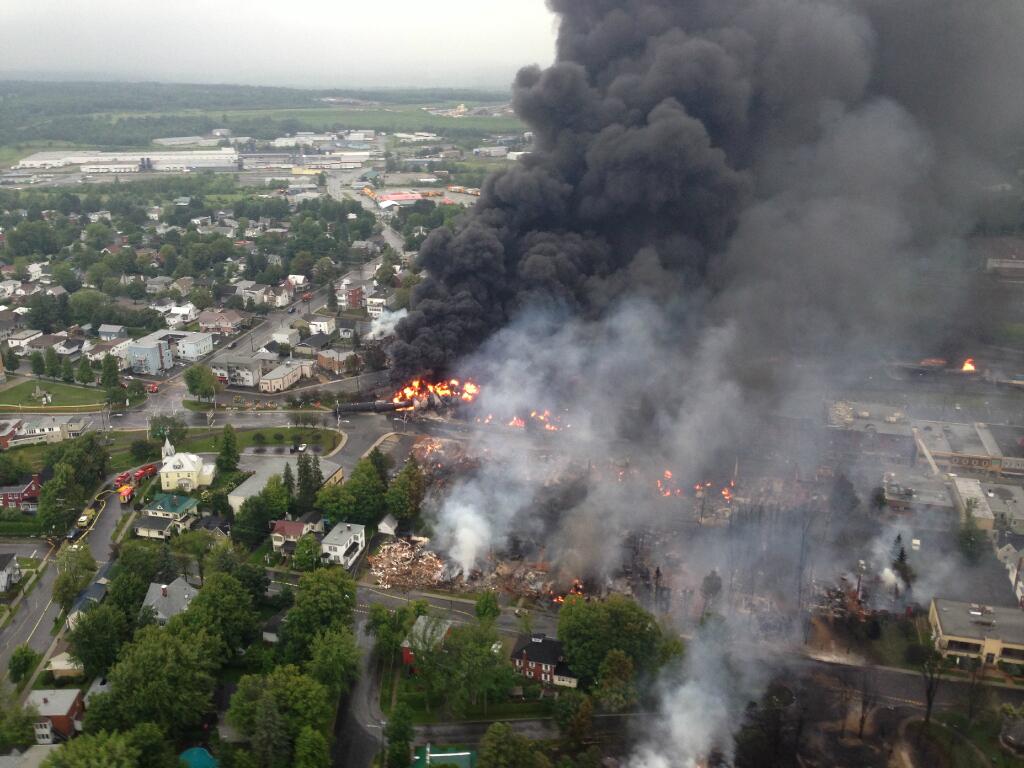
Introduction
The town of Lac Megantic, Quebec, is forever marked by a tragic event that occurred on July 6, 2013. A freight train carrying crude oil derailed, leading to an explosion that claimed 47 lives and left a community shattered. The impact of this disaster extended beyond the immediate loss; it reshaped safety regulations, community dynamics, and emergency response protocols across Canada. Understanding Lac Megantic’s story is essential in recognizing the balance between industrial growth and community safety.
The Tragedy of Lac Megantic
On the fateful night of July 6, 2013, an unattended train carrying tankers of crude oil derailed in downtown Lac Megantic. The resulting explosion caused immense destruction, leveling a part of the town and leading to the loss of lives and homes. Investigations revealed serious lapses in railway safety practices, ultimately drawing national and international attention to the vulnerabilities within the rail transport system.
In the aftermath, the Canadian government instituted stricter regulations concerning rail safety, particularly regarding the transportation of hazardous materials. The Lac Megantic disaster prompted a broader conversation about environmental protection, infrastructure, and the responsibilities of corporate entities in safeguarding communities.
Community Response and Recovery
Amidst the tragedy, the resilience of the residents has shone through. Community members quickly mobilized to support one another in the disarray following the disaster. Various organizations, including local charities and national aid agencies, provided substantial support to those affected. Recovery efforts have since focused not only on rebuilding the town physically but also on restoring the emotional well-being of its citizens.
As the recovery process unfolds, Lac Megantic has been held up as a case study for emergency management. The collaboration between government bodies, private sectors, and community groups has been pivotal in addressing the needs of the residents while ensuring that safety protocols are reassessed and reinforced.
Conclusion
Today, Lac Megantic embodies a dual narrative of grief and hope. The legacy of the tragedy emphasizes the critical importance of railway safety and community advocacy in Canada. Looking forward, the town continues its journey of recovery and resilience, serving as a reminder of the necessity for continuous dialogue about industrial safety standards and community protection. As Lac Megantic moves towards healing, its story resonates with the larger narrative of environmental responsibility, urging societies to balance progress with safety.






